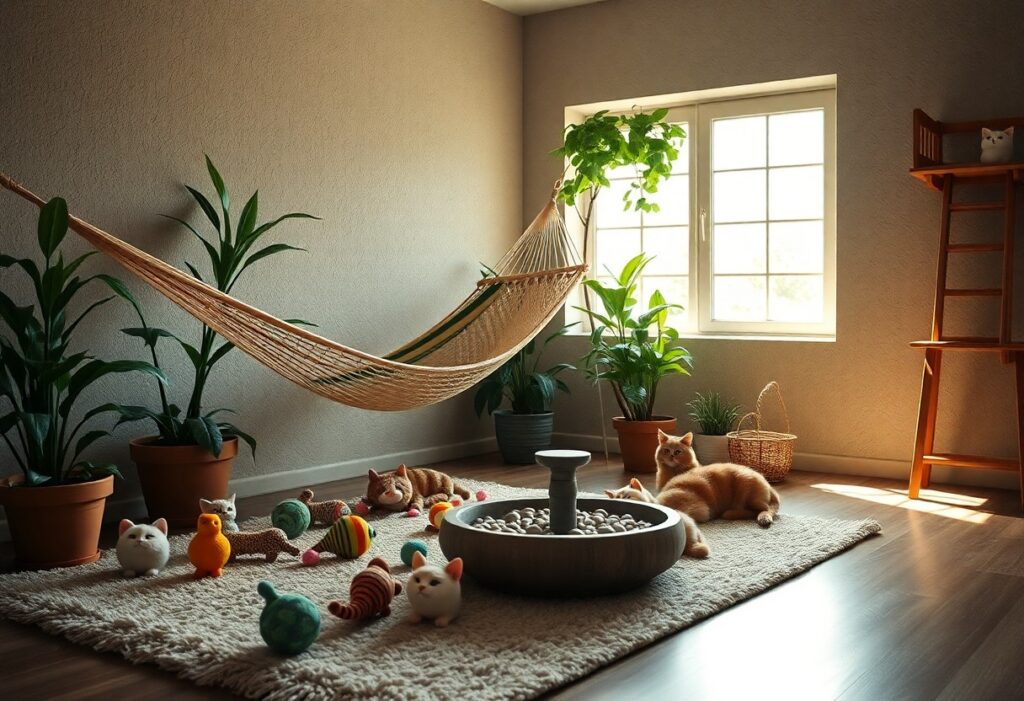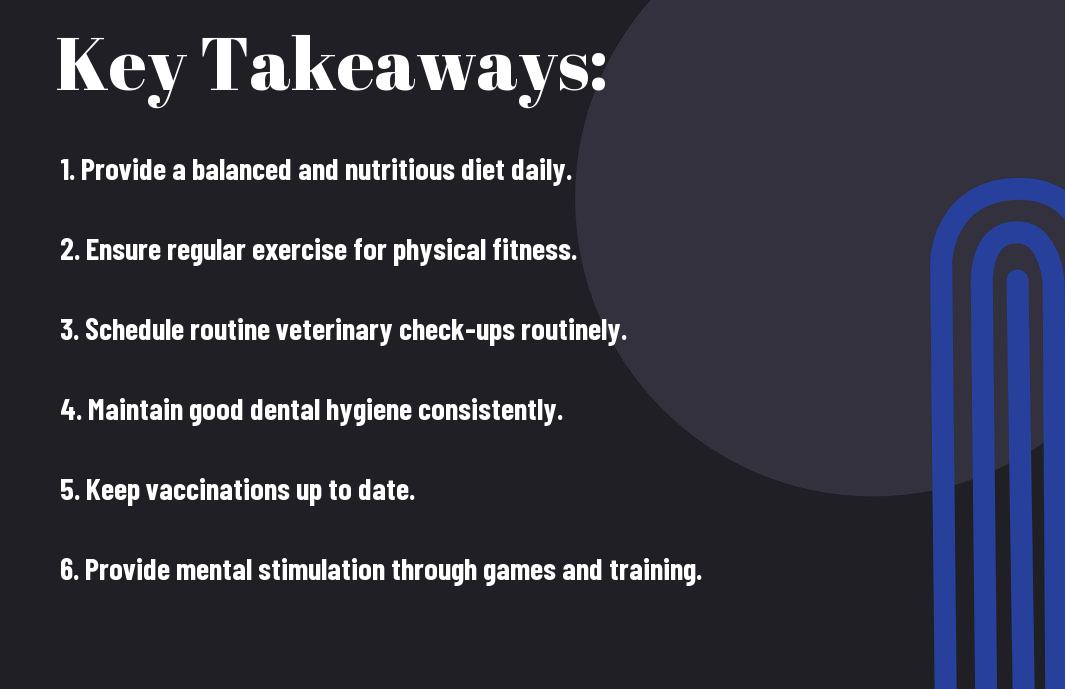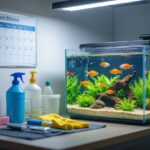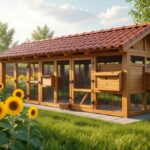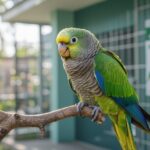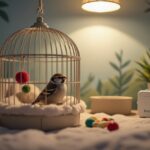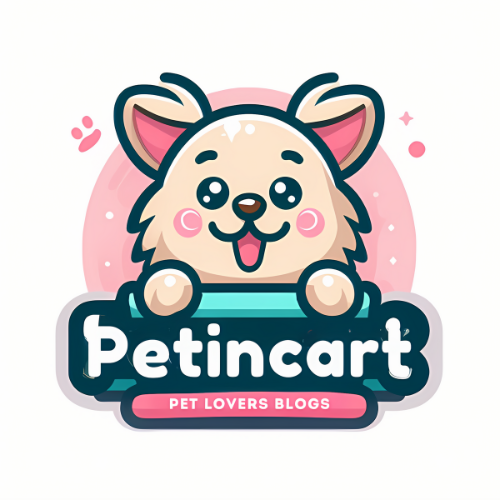There’s a growing awareness of the importance of creating a safe environment for your feathered friends, especially in areas like the kitchen where potential hazards lurk. In this guide, you’ll learn important tips to ensure your space is free from harmful chemicals and potential dangers. By taking some simple steps to secure your kitchen, you can enjoy cooking while keeping your bird healthy and protected. Let’s examine how you can transform your kitchen into a bird-safe oasis!


Understanding Bird Needs
While creating a bird-safe kitchen space, it’s vital to understand the specific needs of your feathered friend. Birds are curious creatures, and their innate inquisitiveness makes them susceptible to accidents and injuries in the kitchen. By understanding their behavior and instincts, you can better prepare your kitchen to keep your bird safe and secure while still allowing you to enjoy your cooking space.
Factors Influencing Bird Safety
There are several factors that can influence the safety of birds in the kitchen. First, consider the layout of your kitchen and the availability of hiding spots. Birds often feel safer when they have places to retreat to if they feel threatened. Creating these safe zones can help reduce stress for your pet. Additionally, the type of materials and chemicals present in your kitchen can pose risks. It’s crucial to ensure that all cleaning supplies are bird-safe and that your birds are not exposed to any harmful fumes that may emanate from appliances or cookware.
- Hiding spots can provide necessary comfort.
- Accounting for chemicals is vital for safety.
- Your kitchen layout should minimize accidents.
- Consider sound levels; loud noises can startle birds.
After taking these factors into account, you can start designing a kitchen that accommodates both your cooking needs and your bird’s safety.
Common Kitchen Hazards
If you want to keep your bird safe in the kitchen, it’s crucial to be aware of common hazards that may pose risks. Many kitchen items can be dangerous for birds, including non-stick cookware, which can release toxic fumes when heated. Additionally, foods like avocado, chocolate, and caffeine are highly toxic to birds. The dangers don’t stop there; items like small household appliances, sharp utensils, and even open flames can create hazards that you might not initially consider.
Factors contributing to kitchen hazards may include your cooking habits, the types of food stored, and even the overall organization of your kitchen space. Areas where pots and pans are moved frequently may prove risky as your bird can unexpectedly fly into harm’s way. Furthermore, the risk of spills or food particles falling on the floor can lead to toxic ingestion if your bird gets a chance to snack on them. Therefore, proactively identifying these hazards and implementing measures to mitigate them is key to ensuring your bird’s safety.

How to Plan a Bird-Safe Kitchen
Some key factors come into play when planning a bird-safe kitchen space. You need to consider the layout of your kitchen and how your feathered companion will interact with it. Prioritize open spaces where your bird can feel comfortable and safe while also allowing for easy mobility around the kitchen. Consider removing any potential hazards, such as sharp edges, steep ledges, or small crevices where your bird might get trapped. Adequate ventilation is also necessary—ensuring that your kitchen is well-ventilated will help disperse harmful fumes and odors that can be detrimental to your bird’s health.
Design Considerations
Some birds are naturally curious and enjoy exploring their environment. Therefore, including elements like perches or platforms at various heights can enrich your bird’s experience in the kitchen. Design your kitchen to facilitate the interaction between you and your bird; for instance, positioning your bird’s play area close to where you spend most of your kitchen time can foster bonding moments. Avoid hanging decor that could fall and harm your bird, and ensure that kitchen equipment is safely stowed away to prevent any accidents.
Choosing Safe Materials
On the topic of materials, selecting bird-safe options is crucial in ensuring a healthy, hazard-free environment. Opt for non-toxic materials when furnishing and decorating your kitchen; avoid items made from teflon, aluminum, or chemical-coated surfaces as these can release dangerous fumes when heated. Instead, prefer natural wood, glass, or stainless steel that do not off-gas harmful particles into the air. Additionally, be mindful of any cookware or utensils you use; those that have non-stick coatings can pose significant risks to your bird’s respiratory system.
To create a bird-safe environment, prioritize using non-toxic paints and finishes that are free from volatile organic compounds (VOCs). Always ensure that cleaning supplies are also bird-safe and free from harmful chemicals. Natural cleaners, such as vinegar and baking soda, are excellent alternatives. If you’re unsure about any product, consult with your veterinarian about its safety for your pet. Keep in mind, the health and safety of your bird should always come first as you design and equip your kitchen space.
Implementing Safety Measures
Now that you’re dedicated to creating a bird-safe kitchen, it’s time to implement specific safety measures that will ensure your feathery friends stay out of harm’s way. This involves taking a comprehensive look at your kitchen environment and making necessary alterations that prioritize safety.
Securing Windows and Doors
To prevent any potential escape or mishap, you should secure your windows and doors with appropriate barriers. This may include installing mesh screens or safety locks, which can effectively keep your birds safely indoors while allowing you to enjoy fresh air. Make sure that all windows are closed securely and that any doors leading to the outside are kept shut unless you are supervising your birds during their flight time.
To further enhance the safety of your kitchen, you might consider using baby gates or heavy curtains in areas that pose a risk. Ensuring that these entry points are well-guarded will mitigate any chances of your birds accidentally flying out, thus creating a more secure environment for their wellbeing.
Safe Storage Solutions
Clearly, using safe storage solutions is imperative to keep hazardous items out of reach. Utilize cabinets with child-proof locks to store any cleaning supplies, chemicals, and sharp objects. This is particularly important as birds are naturally curious and love to explore, so you need to make sure they cannot get into anything that could pose a threat to their health.
Clearly labeling food items and potential hazards while using storage containers with secure lids can also minimize risks. These measures will help you maintain a safe environment while keeping your kitchen organized and functional.
With the right storage solutions in place, you can safely secure any potentially dangerous items and ensure that your kitchen remains a safe haven for your birds. Devoting a little time to organizing your space will pay off significantly in terms of accident prevention and peace of mind.
Non-toxic Cleaning Products
Some birds are extremely sensitive to chemicals found in many conventional cleaning supplies, which can lead to respiratory issues or other health problems. As you clean your kitchen, always opt for non-toxic cleaning products that are specifically labeled as safe for pets. You can often find these at your local grocery store, or consider making your own using household items like vinegar, baking soda, and lemon juice.
Some commonly used cleaning agents, like bleach or ammonia, are incredibly dangerous to birds and should be avoided at all costs. It’s crucial to read product labels carefully and choose those that prioritize the health of your feathered companions.
A thorough understanding of which cleaning products are safe and effective for you and your birds can greatly reduce the risk of exposure to harmful toxins in your kitchen. By choosing non-toxic alternatives, you’re not only fostering a healthy environment for your birds but also ensuring that your kitchen remains an inviting space for you and your family.
Tips for Ongoing Maintenance
Not only is it crucial to create a bird-safe kitchen initially, but it’s also vital to maintain that safety for your feathered friends over time. Here are some valuable tips to ensure ongoing vigilance in your bird-safe kitchen space:
- Conduct regular inspections of potential hazards.
- Keep cleaning products stored securely out of reach.
- Ensure windows and doors have secure screens.
- Avoid using non-stick cookware that can release toxic fumes.
- Regularly check that all food items are safe for your birds.
In this ongoing maintenance effort, make sure to share your tips with other bird lovers. It’s important to stay informed about the latest safety measures to ensure the well-being of your birds.
Regular Inspections
If you want to keep your kitchen a safe oasis for your birds, regular inspections are vital. Schedule a routine check-up of your kitchen space, paying close attention to hidden dangers like small crevices or items that could fall. Make sure to inspect the cabinets, countertops, and even appliances for anything that could be hazardous to your birds. Look for sharp edges, exposed wires, or anything that could pose a choking or poisoning risk.
Additionally, remain vigilant about checking the safety of food storage. It’s vital to ensure all your ingredients are free from mold, chemicals, or other contaminants. By keeping this schedule, you help guarantee your kitchen remains a sanctuary for your feathered companions.
Creating a Bird-Friendly Environment
There’s a fine balance you need to strike when creating a bird-friendly environment in your kitchen. Incorporating elements that allow your birds to feel at ease can significantly improve their quality of life. Ensure that your kitchen is well-ventilated and has plenty of natural light. You can include elements like safe, non-toxic plants that add some greenery while creating a comforting atmosphere.
Ongoing attention to the design of your kitchen space can enhance its bird-friendly nature. Ensure that any items your birds may come into contact with are non-toxic and made from safe materials. Consider creating a dedicated space where your birds can perch or rest comfortably, away from the hustle of cooking and cleaning. Providing a calming environment—not just physically safe but also emotionally enriching—will not only protect your birds but also elevate their overall well-being. Assume that the effort you put into maintaining these aspects will reflect positively on the health and happiness of your beloved pets.
Final Words
Considering all points, creating a bird-safe kitchen space is important for the well-being of your feathered friends. By implementing simple yet effective measures such as securing toxic substances, using bird-safe cookware, and installing protective barriers, you can significantly reduce the risk of accidents and health hazards. Additionally, being mindful of your kitchen activities, like cooking with non-toxic oils and avoiding high-heat methods, can further safeguard your birds while you prepare meals. Your kitchen can become a harmonious environment where you can enjoy cooking while ensuring the safety of your avian companions.
Ultimately, it is your responsibility to foster a cozy and secure setting for your birds, and the kitchen should reflect that commitment. Regularly reassessing your kitchen space for potential dangers and educating yourself about the products you use can empower you to make informed decisions. By taking these proactive measures, you not only create a safer home for your birds but also establish a nurturing atmosphere where both you and your pets can thrive together.
FAQ
Q: What are the crucial steps to make my kitchen bird-safe?
A: To create a bird-safe kitchen, start by removing any toxic plants and hazardous materials, such as cleaning supplies and non-stick cookware. Ensure that all food items stored are covered, particularly those that may attract your bird, such as fruit and seeds. Consider setting up a dedicated feeding area away from the stove and other potentially dangerous appliances, and use bird-safe materials for any accessories or decorations. Lastly, always supervise your bird when they are in the kitchen and establish a bird-free zone during cooking to prevent any accidents.
Q: What kitchen items should I avoid having around birds?
A: Certain kitchen items can pose threats to birds. Avoid using non-stick pans as they can release toxic fumes when overheated. Also, refrain from using scented candles, air fresheners, and strong cleaning agents that may contain harmful chemicals. Common food items toxic to birds include chocolate, avocado, and caffeine, so ensure to store these foods securely. Additionally, be cautious of small appliances that can cause injury, like blenders or food processors—keep them out of reach while not in use.
Q: How can I create a safe environment for my bird while cooking?
A: To ensure a safe environment, designate certain times when your bird can be actively monitored in the kitchen. Establish a separate play area or cage in an adjacent room to keep them away from cooking activities. Use a bird-safe harness or carrier if you wish to have them close by while you cook. When preparing meals, always be aware of your bird’s location, and avoid leaving food unattended on counters to prevent accidental ingestion of harmful items. It’s also wise to keep windows closed or install screens to prevent escapes during busy cooking times.


